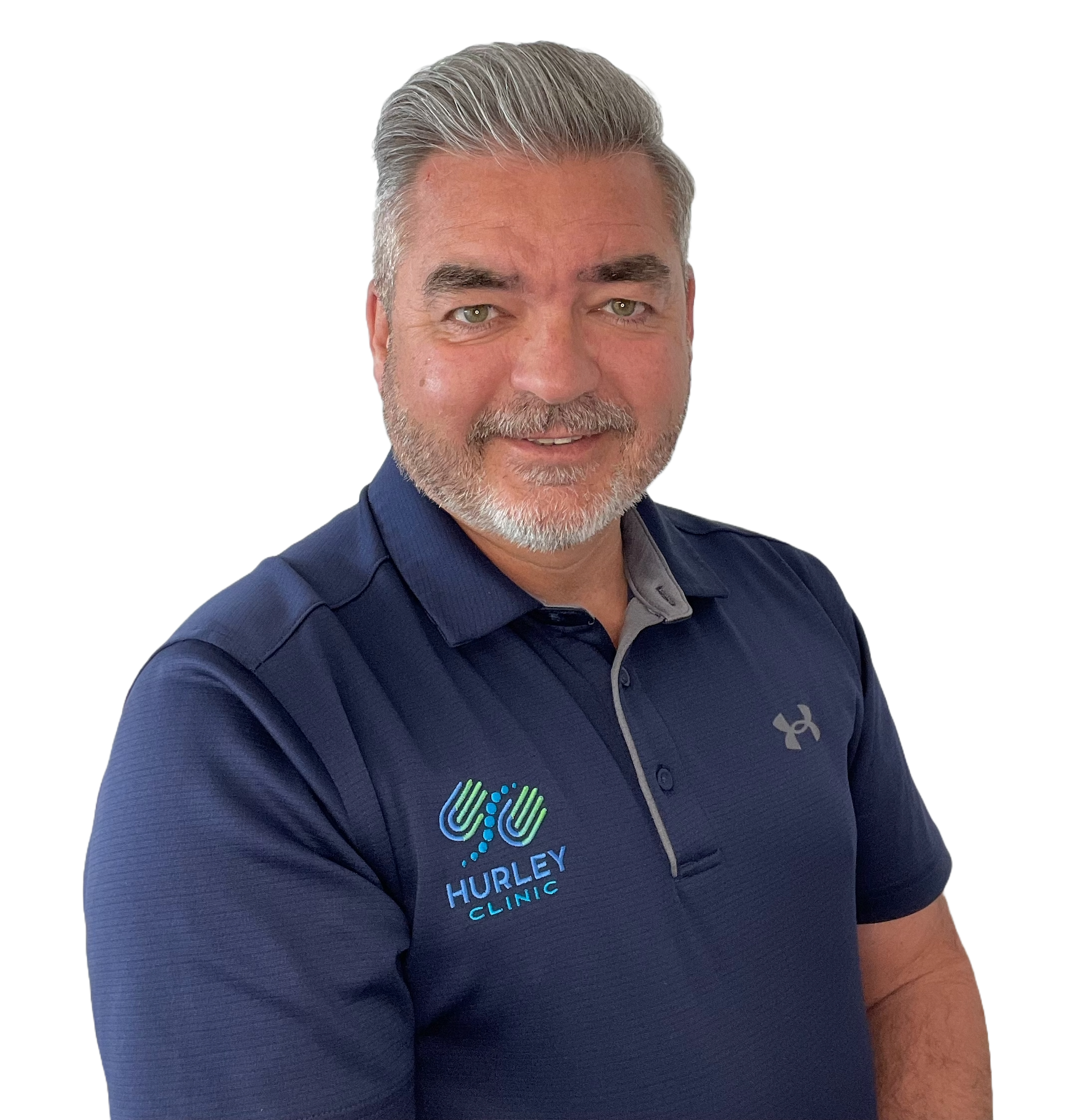The Perils of New Year Fitness and Weight Loss Goals: An Osteopathic Perspective
The New Year often ushers in a wave of motivation for self-improvement, with fitness and weight loss topping the list of resolutions for many. While setting these goals can be a positive step toward better health, they also come with potential pitfalls—especially when approached without proper preparation or guidance. As osteopaths, we often see the aftermath of overly ambitious resolutions: injuries, setbacks, and frustration. Here, we’ll explore the common challenges and how to pursue your goals safely and sustainably.
The Overload Effect
One of the most common mistakes is going from zero to 100 overnight. After months (or even years) of inactivity, suddenly committing to intense daily workouts or long-distance running can overwhelm your body. This "overload effect" places excessive strain on your muscles, joints, and cardiovascular system, increasing the risk of:
- Muscle strains
- Joint pain
- Tendonitis
- Stress fractures
Your body needs time to adapt to new demands. Gradual progression is key to building strength and endurance without overloading your system.
Misguided Exercise Choices
Not all exercises suit every body. Popular high-intensity workouts, such as boot camps or CrossFit, can be particularly taxing if you’re not conditioned for them. For those with pre-existing issues like back pain, knee problems, or poor posture, the wrong choice of activity can exacerbate discomfort and lead to injury. An osteopath can assess your body’s biomechanics and recommend exercises that align with your specific needs and limitations.
The Weight Loss Trap
In the pursuit of weight loss, many people turn to extreme dieting and excessive cardio. While the scales might show quick results, these methods can compromise muscle health and overall well-being. Rapid weight loss often leads to:
- Muscle imbalances: Losing muscle mass can destabilise your joints and reduce physical function.
- Nutritional deficiencies: Low-calorie diets might not provide essential nutrients, impacting your energy levels and recovery.
- Reduced bone density: Crash diets can weaken your skeletal system, making you more prone to fractures.
Ignoring the Warning Signs
Pain is your body’s way of signalling that something isn’t right. Ignoring early signs of discomfort—whether it’s a sore shoulder, aching knees, or persistent lower back pain—can lead to more serious problems down the line. As osteopaths, we encourage listening to your body and addressing issues promptly to prevent them from escalating
How to Pursue Your Goals Safely
- Start Slowly: Begin with low-impact exercises such as walking, swimming, or yoga, and gradually increase intensity. Strength training is also beneficial for joint support and metabolic health.
- Prioritise Recovery: Allow your body time to heal between workouts. Adequate sleep, hydration, and balanced nutrition are essential for recovery and long-term success.
- Focus on Form: Proper technique reduces the risk of injury. Consider working with a personal trainer or attending a class that emphasises form over speed or intensity.
- Seek Professional Advice: An osteopathic assessment can identify areas of weakness or imbalance, helping you tailor a fitness plan that supports your goals without compromising your health.
- Set Realistic Goals: Aim for sustainable progress rather than quick fixes. Celebrate small victories to stay motivated and avoid burnout.
Conclusion
Achieving fitness and weight loss goals can be rewarding, but the journey must be approached thoughtfully to avoid setbacks. As osteopaths, we are here to support you in staying active and healthy, providing guidance and treatment to help you move better and feel better. This New Year, take a measured approach to your goals and enjoy the process of becoming a stronger, healthier you.

